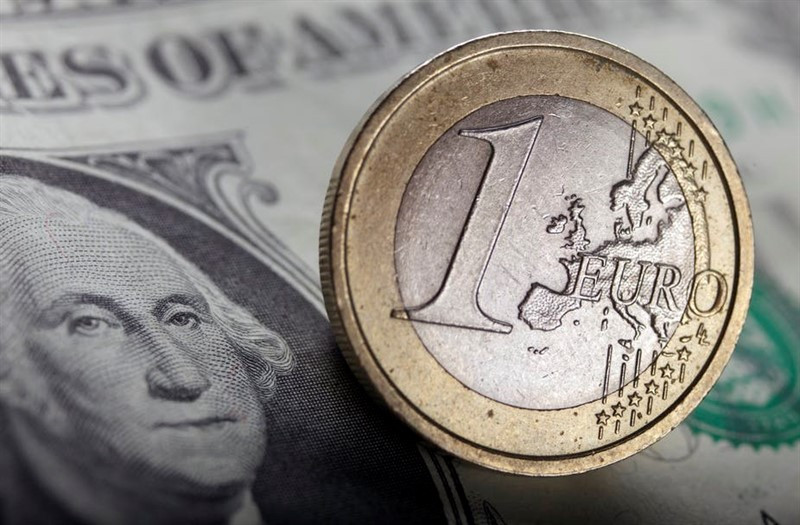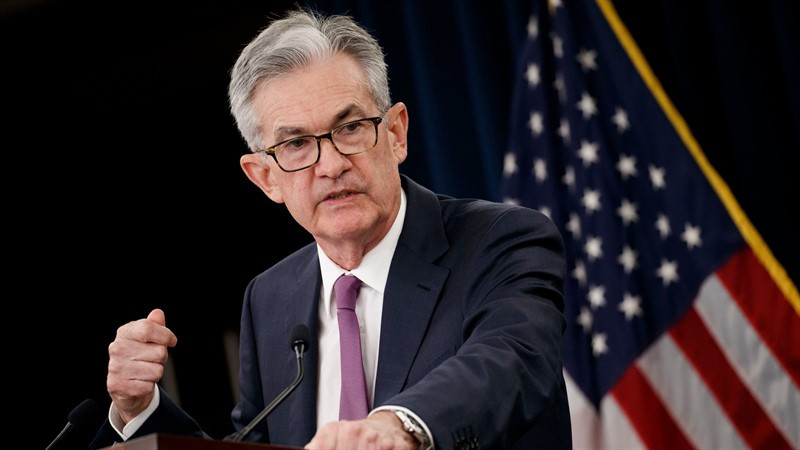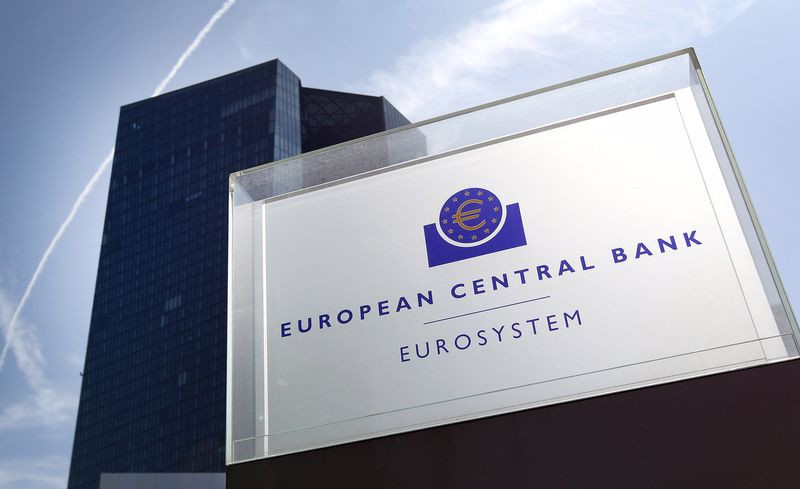
Until last Friday, it was very clear to market participants where the main currency pair would go in the coming months.
In light of the divergence in the economic growth of the United States and the eurozone, as well as in the monetary policy of the Federal Reserve and the European Central Bank, the path to the downside was barred.
However, the discovery in South Africa of a new strain of COVID-19, dubbed "Omicron", confused investors' cards and made them wonder if the main currency pair was moving in the right direction.
DZ Bank analysts believe that the recent strengthening of the dollar has gone too far. They predict that within six months the euro will recover from losses, and in a year it will reach $1.18 due to the growth of the eurozone economy.
Nomura strategists disagree with them. They identify a number of reasons why they expect the EUR/USD pair to decline in the direction of the 1.1000 mark in the near future.
"New orders in Germany are falling, China is slowing down, and against this background it is difficult to imagine why the European economy can demonstrate outstanding growth rates. The eurozone's trade surplus is shrinking sharply - unlike last year, when it was growing. The increase in the number of COVID-19 diseases and new strains, as well as the new restrictions associated with them, increase the uncertainty of prospects," Nomura noted.
In fact, it is difficult to predict which of the economies - American or European, a new wave of coronavirus may cause more harm.
The Organization for Economic Cooperation and Development (OECD) lowered its forecast for US GDP growth for 2021 from 6% to 5.6%, and the eurozone economy - from 5.3% to 5.2%.
ECB representative Pablo de Cos said yesterday that a new strain of coronavirus and a jump in inflation in the eurozone could lead to a downward revision of forecasts for economic growth in 2021.
At the same time, Fed Chairman Jerome Powell expressed confidence that the impact of Omicron will be much smaller than in the spring of 2020, when the pandemic broke out.

During his speech yesterday before the Senate Banking Committee, Powell said that it is probably time to abandon the word "temporary" when describing inflation.
According to Powell, inflation will begin to weaken not earlier than the second half of 2022, and therefore, on December 14-15, the Fed will discuss the possibility of accelerating the curtailment of the asset repurchase program.
"This means that the central bank sees inflation not only in the short term, but also in the long term at an increased level, which, in turn, implies an increase in the Fed's interest rates," Berenberg said.
After Powell's hawkish comments, the likelihood of a federal funds rate hike in July 2022 jumped from 58% to 100%.
"We expect that from January the Fed will accelerate the pace of withdrawal of quantitative easing to $25 billion a month, and as a result, bond purchases will be terminated in April. Our projections now include three Fed rate hikes in 2022 - in June, September and December. If we turn out to be right in our assessments regarding the acceleration of the rate of curtailment, then the door for raising rates will open at the May meeting of the central bank, "said Danske Bank experts.
"If the rate of QE winding down is accelerated to $30 billion a month, then the federal funds rate may be raised as early as March," they added.
Against the background of statements by the head of the Fed, the demand for the dollar increased, but the statistics on the United States, which preceded the comments of Powell, did not allow the greenback to close in the green zone in relation to the leading currencies.

According to the Conference Board, the US consumer confidence index fell to 109.5 points in November compared with 111.6 points recorded in October. The value of the indicator has become the lowest in the last nine months. Analysts on average expected the indicator to decrease to 111 points.
Why, despite the hawkish comments of Powell, did the USD index decline on Tuesday?
In fact, Powell said out loud what the market had been putting in quotes for some time. That is, the comments of the head of the Fed simply reflected market opinion.
Additional pressure on the US currency was exerted by cash flows associated with the last trading day of the month.
On the one hand, the prospects for a faster curtailment of the Fed's incentives are generally positive for the dollar, on the other hand, the penetration of Omicron into the US is only a matter of time, and then everyone will start talking about the introduction of quarantine at the local or national level again. Even in the absence of new restrictions, consumers may reduce activity in the upcoming holiday season, which will lead to lower retail sales, travel cancellations and other costs. The risk to the US economy may be significant, which explains the sell-off of the US currency after the initial rebound.
The greenback's attempts to go on the offensive seem to have encountered resistance in the middle of the week in the area of 96.10-96.15.
The inability of the USD to restore steady growth in the near future may provoke a new attack of weakness and a subsequent visit to the area of recent lows around 95.50.
Meanwhile, high inflation in the eurozone supported the single currency and allowed it to end yesterday's trading with an increase against the US dollar.
According to Eurostat, the growth of consumer prices in the currency bloc accelerated to 4.9% in November. The indicator has reached its highest level in the last 25 years.
In such a situation, representatives of the ECB declare the transient nature of inflation becomes quite uncomfortable.

High inflation, it would seem, is positive for the euro, as it should cause a tightening of rhetoric on the part of the ECB. However, the epidemiological situation in Europe has deteriorated sharply in recent weeks.
Austria and Slovakia have already switched to full quarantine, and the Netherlands to partial quarantine. Belgium and Portugal have announced new restrictions, and France has returned the indoor mask regime. The German authorities are required to tighten restrictions.
Against this background, the ECB should be careful with the normalization of monetary policy.
Reuters, citing informed sources, writes that ECB officials are concerned that the economic outlook has become too vague to make a policy decision in December. According to the sources, officials agree that the PEPP program should end in March according to schedule, but any decision on APP calibration may have to be postponed.
In his recent speech, Powell noted the risks associated with the Omicron strain, which can be assessed in a few weeks. From his comments, it becomes clear that in the absence of new lockdowns, the Fed will accelerate the normalization of monetary policy.
The EUR/USD pair plunged after an unexpectedly hawkish speech from the head of the US central bank, but then it managed to recover above 1.1300.
Upward movement for the bulls is still blocked by resistance in the area of 1.1360-1.1380. Only its breakthrough will help attract new bulls. Next, the pair can take a course at 1.1400 and 1.1450.
The initial support is located at 1.1290, followed by 1.1260 and 1.1235.





















